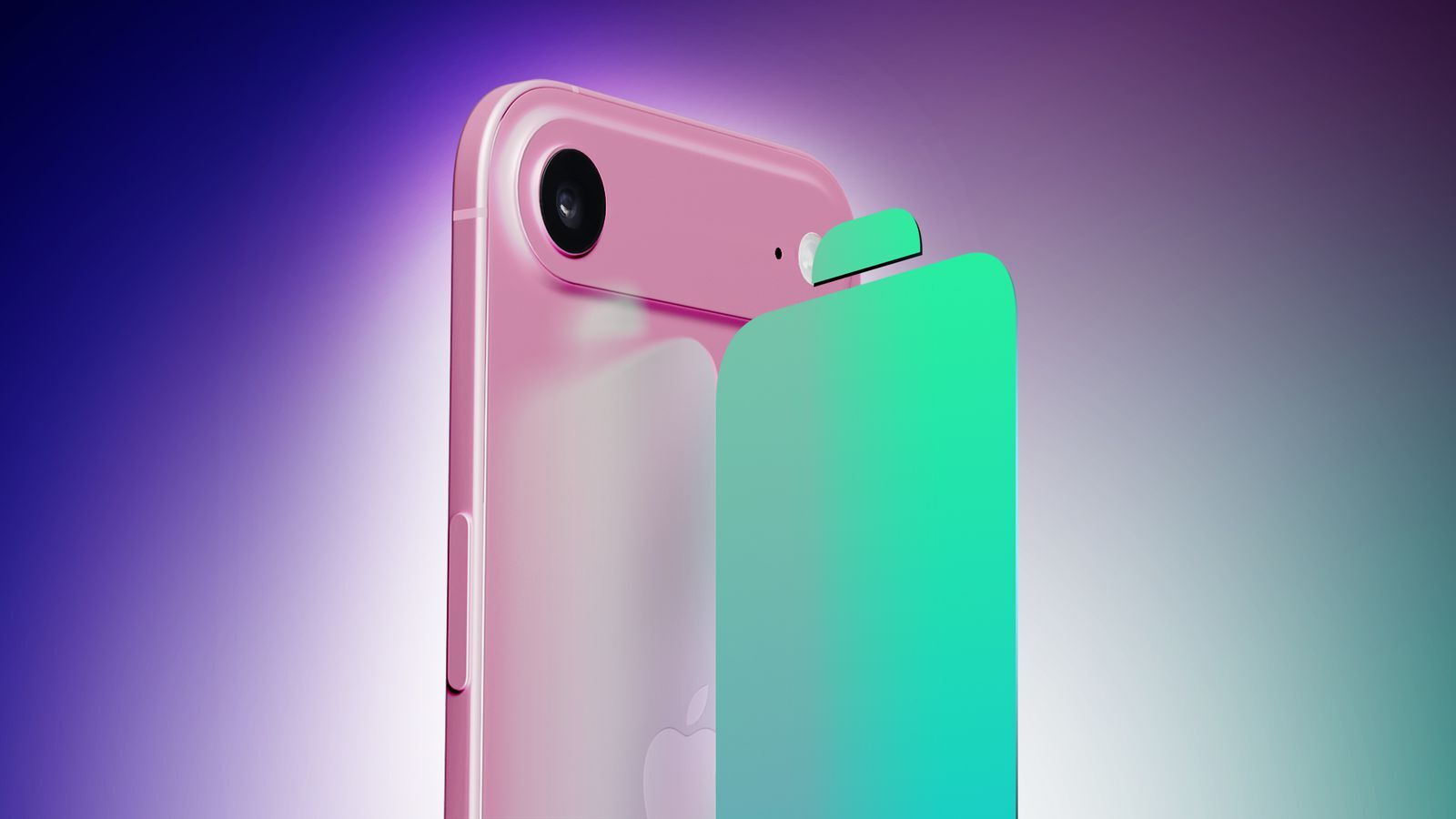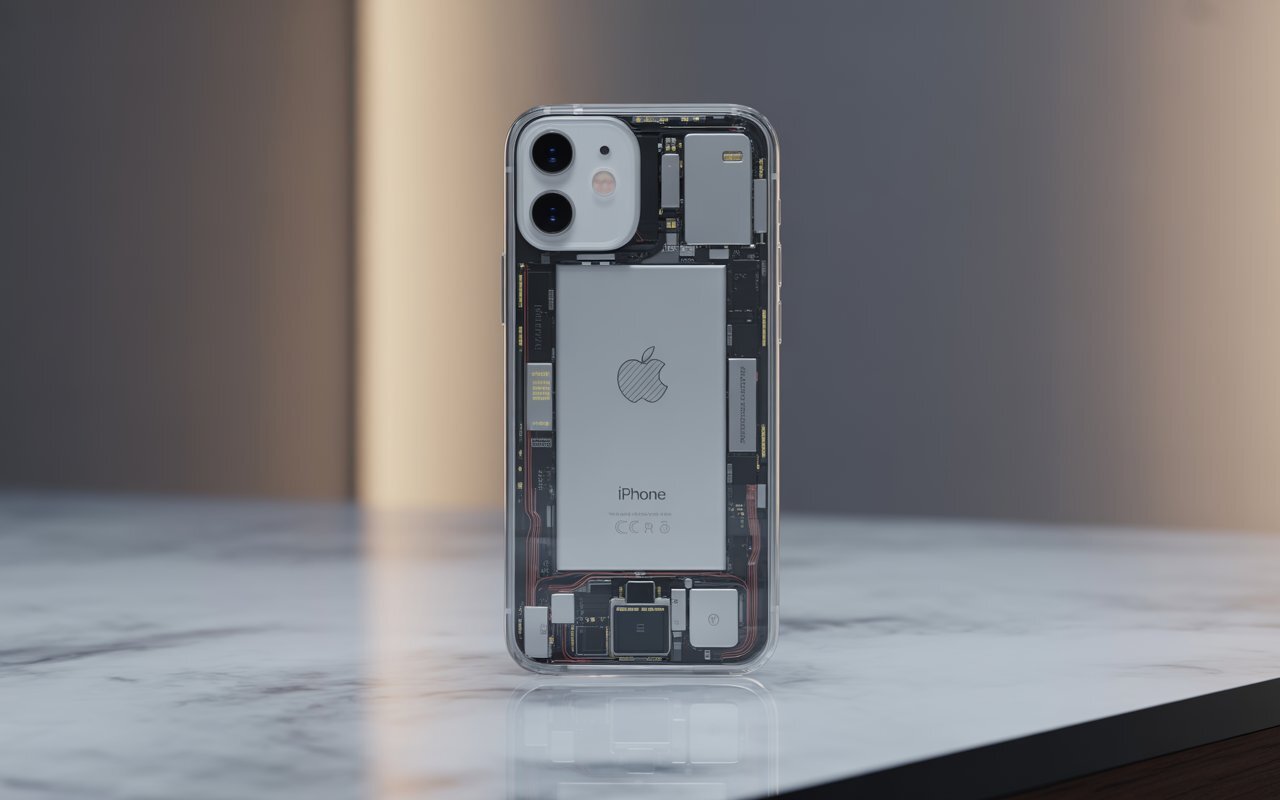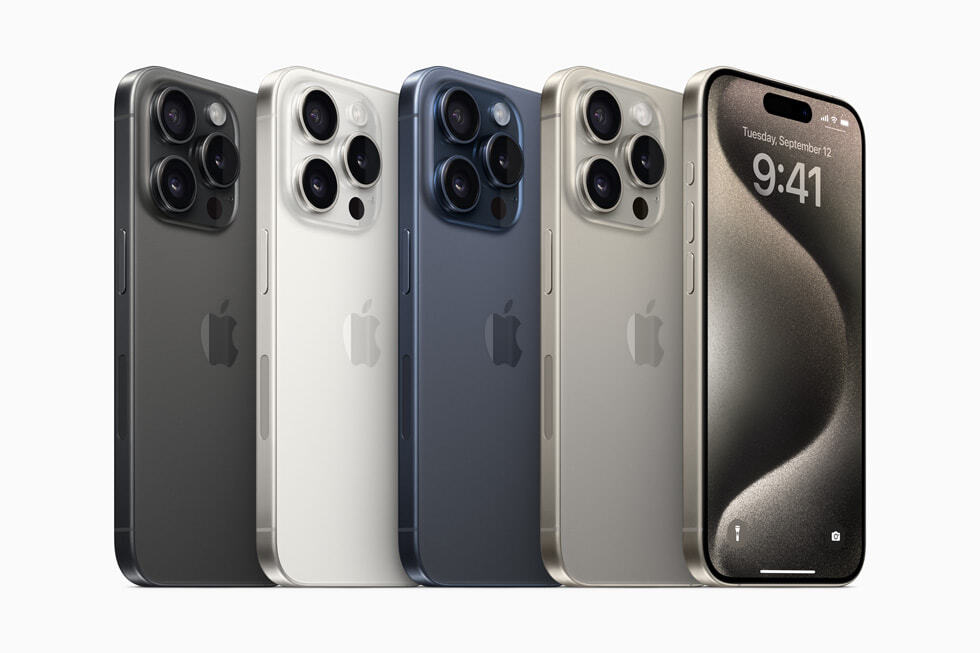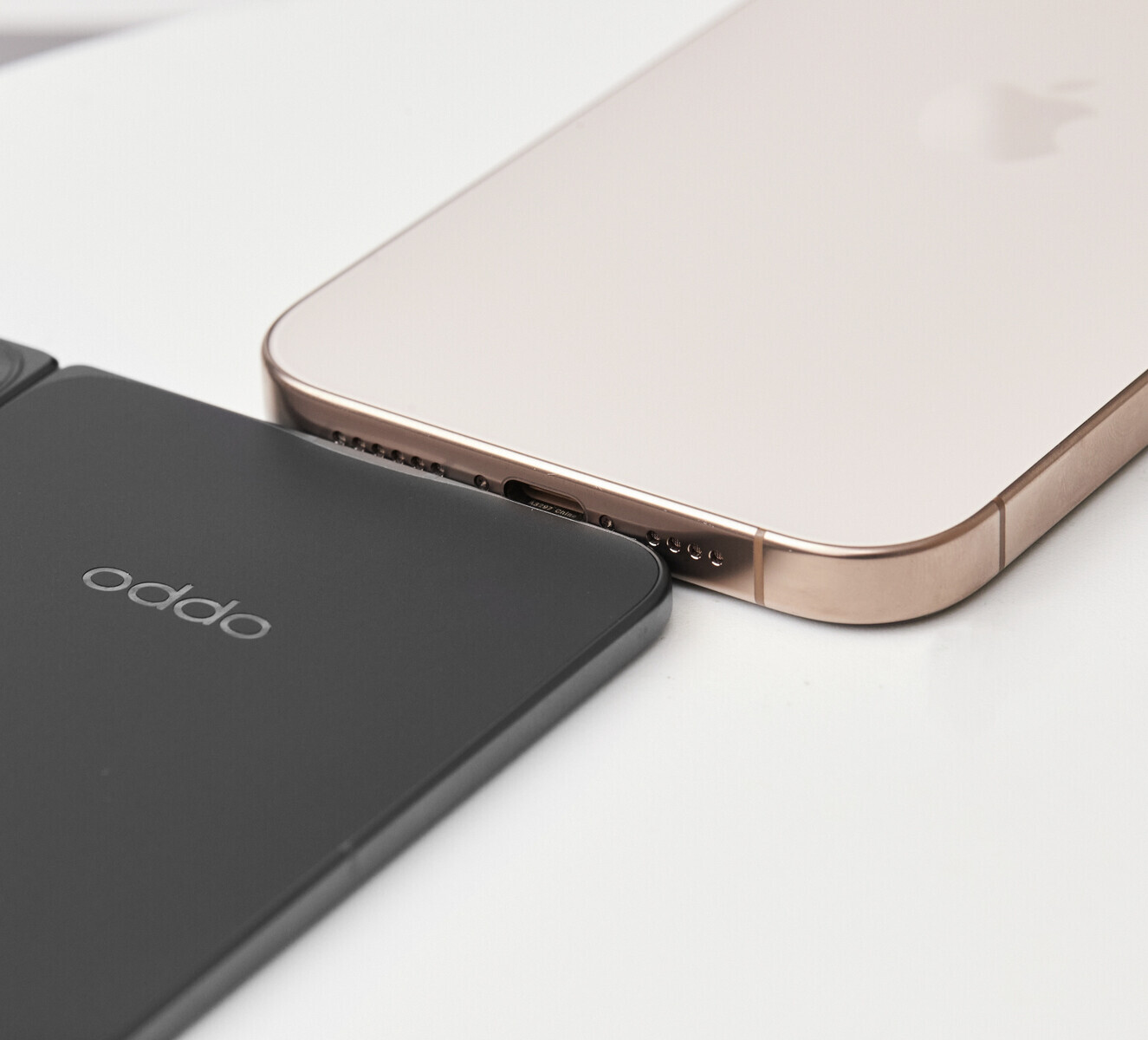
When it comes to smartphone photography, there are two devices that are leading the game. Apple’s iPhone X and Huawei’s P20 Pro have both filled the headlines over the last few months by offering photographers a whole load of new features and raising the bar on what’s achievable with a smartphone camera.
However, if you’ve got some money burning a hole in your pocket, which one should you go for? Let’s take an in-depth look at each phone’s specifications to work out if it’s right for your photography…
Both the iPhone X and the P20 Pro are water resistant.
Build and design:
As you’d expect with two flagship devices, both smartphone feature exceptional build quality. In terms of size, they are closely matched, with the P20 Pro measuring 155x74x7. 8mm and the iPhone X 143x71x7. 7mm. Both devices weight exactly the same (174g) though the P20 Pro has a slightly larger screen size, as its 6. 1-inch OLED screen just outsizes the iPhone X’s 5. 8-inch AMOLED display.
Buried inside the P20 Pro is a Kirin 970 processor, while the iPhone X uses Apple’s latest high-performance A11 Bionic processor. The P20 Pro’s storage space maxes out at 128GB, while the iPhone X tops out at 256GB, giving you plenty of room to store images and videos you’ve created with the device. As you’d expect, the iPhone X uses the iOS operating system while the P20 Pro uses Android and both devices are IP67 rated for water resistance, so you won’t have to worry about taking pictures in the rain. In fact, the IP67 rating means they can even be submerged in water to a depth of one metre, so if the phone slips out of your hand into a pool while you’re taking an image, you’ve got a fair chance of rescuing it.
Connections to the devices are different - the iPhone X uses a Lightning cable, whilst the P20 Pro uses USB-C. The battery capacity for each device is different, too, with the P20 Pro offering a 4,000mAh battery and the iPhone X 2,716mAh.
Camera:
As photographers, the most important part of a smartphone to us is the camera and it’s no overstatement to say both these devices are breaking new ground. The iPhone X has dual 12-megapixel rear cameras and a 7-megapixel front camera. The rear cameras feature optical image stabilisation; one is a wide-angle with a f/1. 8 maximum aperture and the other is a telephoto with a f/2. 8 maximum aperture.
A panorama mode can create images of around 60MB and the iPhone X also offers both a dedicated portrait mode and the portrait lighting mode, enabling users to capture refined people pictures and add lighting effects to scenes. The iPhone X camera also features exposure control, burst mode, timer mode and an auto HDR mode - plus 8-megapixel still images can be extracted while recording 4K video. The 7-megapixel front facing camera can also use the portrait and portrait lighting modes and features a f/2. 2 maximum aperture.
The iPhone X feature dual 12-megapixel rear cameras.
The P20 Pro features the world's first triple rear camera system and they work as follows; the first is a 40-megapixel camera that features a 1/1. 7-inch sensor and a maximum aperture of f/1. 8. The second camera is a 20-megapixel monochrome with a f/1. 6 max aperture, giving users the option of shooting in black & white instead of adding the effect later using a filter. The third is a 8-megapixel f/2. 4 which features a 3 x zoom. All the cameras benefit from Huawei’s optical image stabilisation and the front camera features a 24-megapixel sensor and a f/2. 0 maximum aperture. The lenses were developed in partnership with Leica and the optics are assisted by laser autofocus to lock onto subjects.
Huawei's P20 Pro is the first smartphone to offer triple rear cameras.
The P20 Pro offers fans of low light photography an upper ISO limit of 102,400 for images taken in darker environments and there’s 19 ‘scene’ modes too, such as portrait, close-up, dog and flowers that the camera can identify and alter settings for. Given all this cutting edge technology in the P20 Pro, it shouldn’t come as a huge surprise that the smartphone was award a amazingly high rating of 109 by DXO Mark.
Video:
The P20 Pro is capable of shooting 4K at 30 frames per second or 1080p (Full HD) up to 60 frames per second. The Huawei can also offer a 960 frames per second rate at 720p to deliver a super slow motion feature and help you capture creative sequences.
When it comes to the iPhone X, ultra high-quality 4K video can be captured at 24fps, 30fps or 60fps - this means that you can shoot 4K at 60fps and adjust it in post processing for a nice smooth slow motion effect. Speaking of slow-mo, the iPhone X offers a dedicated slow motion mode that can capture 120fps or 240fps at 1080p (Full HD). Cinematic video stabilisation kicks in at 1080p and 720p and there’s stabilisation when shooting time-lapse videos, too. A 6x digital zoom can be used when filming video and there’s continuous autofocus, plus body and face detection to keep subjects sharp.
Apple iPhone X has the edge on video features, shooting 4K at up to 60fps.
Other features and verdict:
Both devices are packed with far more features than we could ever have space to list here, but there are some standout specs worth mentioning. The iPhone X can use Face ID technology to unlock the phone, adding a further level of protection to those photographers concerned about images being stolen from their devices. The P20 Pro uses a fingerprint sensor but has a much larger battery capacity than the iPhone X.
Depending on where you live in the world, both of these devices have similar price-tags of around $1000 (give or take $50). What’s more, the design and build specifications are well matched too. If you only want to call friends and take amazing photos, the Huawei P20 Pro has the edge on megapixels and camera options, while the iPhone X appears to be more of an all-round content creation machine, with superior options for video. Both are superb and are sure to help you create some stunning imagery.
. digitalrev.com2018-5-31 03:00























